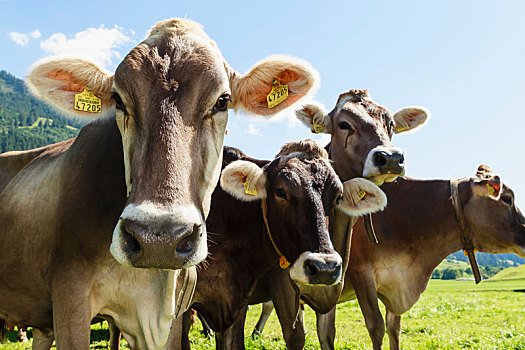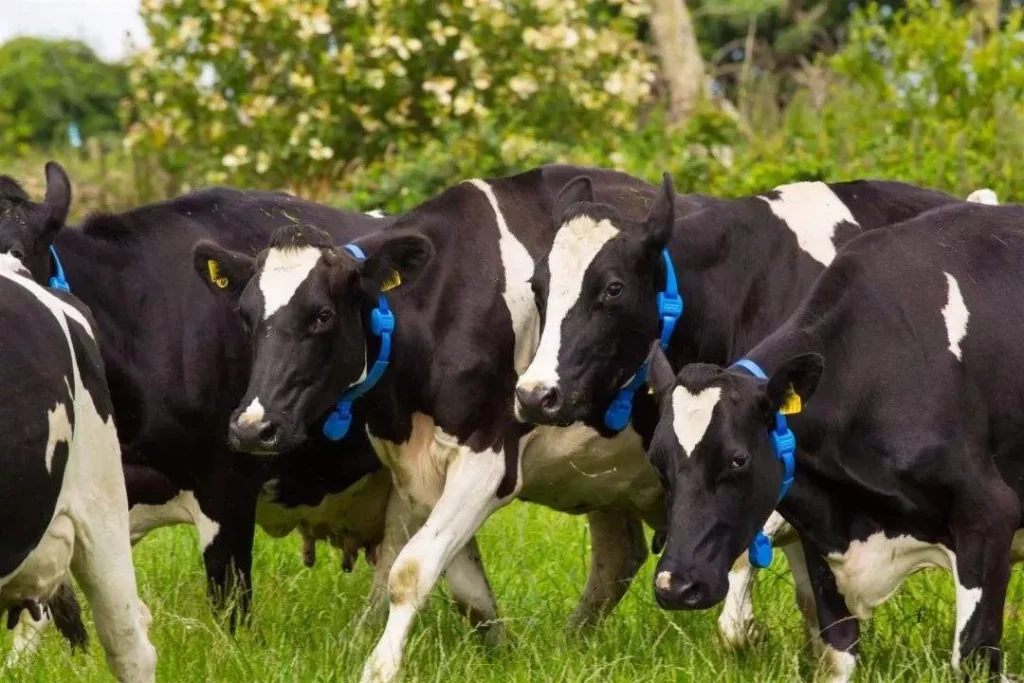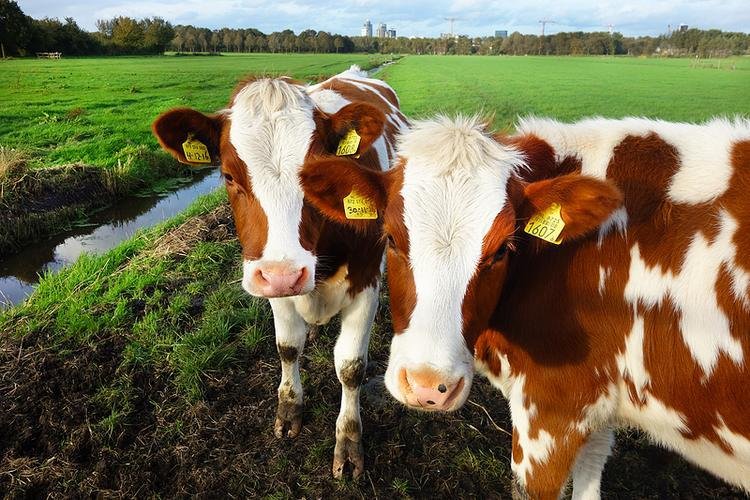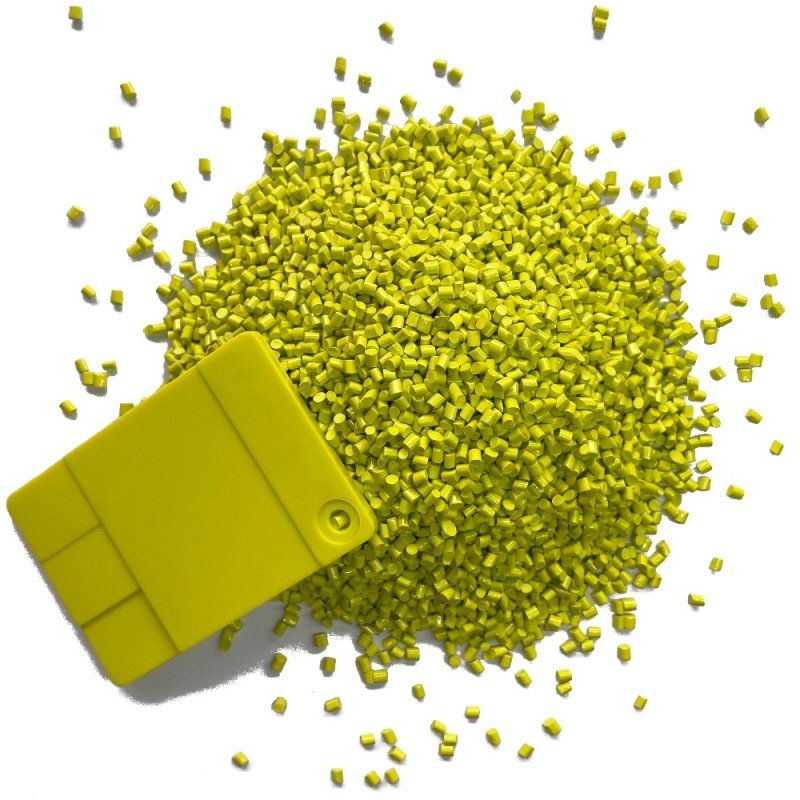Livestock identification tags are essential tools in modern animal husbandry, enabling the tracking and management of livestock identity, health, and production data. With the global expansion of the livestock industry and advancements in technology, the demand for these tags is growing, driving innovation in related materials and technologies. This article explores the definition, types, future potential, market demand, raw material impacts, and future trends of livestock identification tags.

What Are Livestock Identification Tags?
Livestock identification tags are devices attached to animals, typically on their ears or necks, to track their identity, health, and production history. These tags assist farmers and ranchers in managing livestock efficiently, ensuring food safety, and complying with regulatory standards. They incorporate technologies such as barcodes, RFID (Radio Frequency Identification), or QR codes for quick and accurate data retrieval.

Key Functions of Livestock Identification Tags
- Identity Tracking: Assigns a unique identifier to each animal for origin and history tracking.
- Health Management: Records vaccinations, treatments, and health data to optimize care.
- Supply Chain Transparency: Enables traceability from farm to table, ensuring food safety and compliance.
- Data Analytics: Provides actionable insights for breeding and feeding strategies.

Types of Livestock Identification Tags
Livestock identification tags can be categorized based on their functionality, materials, and application methods:
- Traditional Plastic Ear Tags
These are the most common tags, made of durable plastic with printed numbers or barcodes. They are cost-effective and widely used for cattle, sheep, and pigs. - Electronic Ear Tags (RFID Tags)
RFID tags contain chips that store data and transmit it via radio waves, enabling remote data collection. They are ideal for large-scale, modern ranches. - Injectable Microchips
These tiny chips are implanted under the skin for permanent identification. Though more expensive, they are secure and used for high-value animals like racehorses or breeding stock. - Visual Tags (QR Code/Barcode Tags)
These tags use scannable QR codes or barcodes, offering a low-cost solution for small to medium-sized farms. - Smart Wearable Devices
Emerging tags integrate sensors to monitor temperature, activity, or other metrics, supporting precision agriculture.

Future Potential of Livestock Identification Tags
The market for livestock identification tags is poised for significant growth, driven by several factors:
- Digital Transformation: The rise of IoT and big data is making smart tags a cornerstone of livestock management.
- Regulatory Compliance: Many countries mandate identification tags to meet food safety and animal welfare regulations.
- Precision Agriculture: Tags paired with analytics optimize farm efficiency and reduce resource waste.
- Global Trade: International meat and livestock trade requires traceable supply chains, boosting tag adoption.
Market research indicates the global livestock identification tag market will grow at a substantial CAGR over the next decade, particularly in developing regions.
Top 10 Countries with High Demand for Livestock Identification Tags
Below are the top 10 countries with significant demand for livestock identification tags and an overview of their markets:
- United States: The U.S. has a massive livestock industry, with RFID tags widely used in beef and dairy sectors, driven by regulatory mandates.
- China: As the world’s largest meat producer, China’s demand for tags is surging, particularly for pigs and cattle.
- Brazil: A leading beef exporter, Brazil relies heavily on livestock tracking systems, with growing RFID adoption.
- India: With the world’s largest livestock population, India is digitizing its dairy industry, boosting tag demand.
- Australia: Export-driven livestock industries require robust tracking, with high RFID tag penetration.
- Germany: EU animal welfare regulations drive demand for high-quality tags in Germany.
- Argentina: Argentina is a major beef exporter, and it uses tags to meet global trade compliance.
- Canada: Modern farms and government support promote electronic tag adoption.
- France: EU food safety laws fuel demand for advanced tags, with smart tags gaining traction.
- New Zealand: Dairy and sheep meat exports rely on tags for supply chain management.
These markets are shaped by livestock population size, export needs, and regulatory frameworks.

Impact on Raw Materials and Technology Demand
The rising demand for livestock identification tags is driving growth in related materials and technologies:
- TPU Raw Materials
Thermoplastic Polyurethane (TPU) is a key material for ear tags due to its durability, weather resistance, and biocompatibility. The growing tag market is expanding TPU demand, especially in Asia and North America. - Laser Marking Additives
Laser marking is used to create permanent identifiers or QR codes on tags. The demand for additives is rising with the need for high-precision tags. - Animal Identification Chips
RFID and injectable chips are seeing increased demand and require reliable, long-lasting technology. Advances in chip design are reducing costs and improving performance.

Future Trends and Directions for Livestock Identification Tags
The future of livestock identification tags will be shaped by the following trends:
- Smart and Integrated Systems: Tags with sensors for real-time health and behavior monitoring will drive precision livestock farming.
- Sustainable Materials: Eco-friendly materials like biodegradable TPU will gain traction to reduce environmental impact.
- Blockchain Integration: Blockchain-enabled tags will enhance supply chain transparency with tamper-proof data.
- Cost-Effective Solutions: Low-cost tags tailored for developing countries will expand market reach.
- Global Standardization: Unified standards will facilitate data sharing and interoperability in international trade.
Conclusion
Livestock identification tags are a cornerstone of modern animal husbandry, offering diverse types and applications. With the global livestock industry embracing digitalization, the market for these tags is set to grow rapidly, particularly in key markets like the U.S., China, and Brazil. The demand for TPU, laser marking additives, and animal identification chips will continue to rise, while smart systems, sustainable materials, and blockchain integration will define future innovations. By adopting advanced identification tags, farmers and businesses can enhance efficiency, meet regulatory requirements, and contribute to sustainable livestock management.





